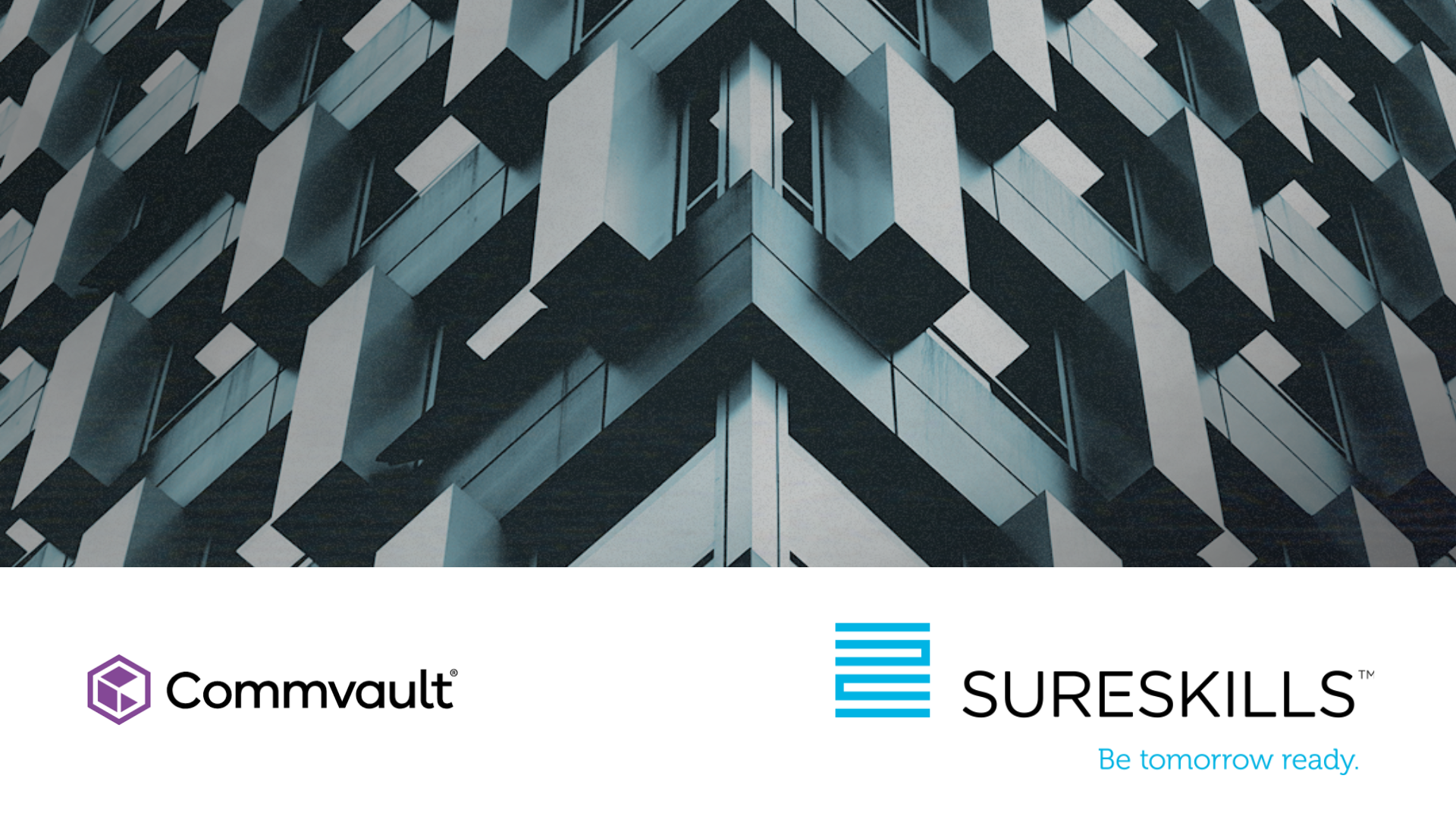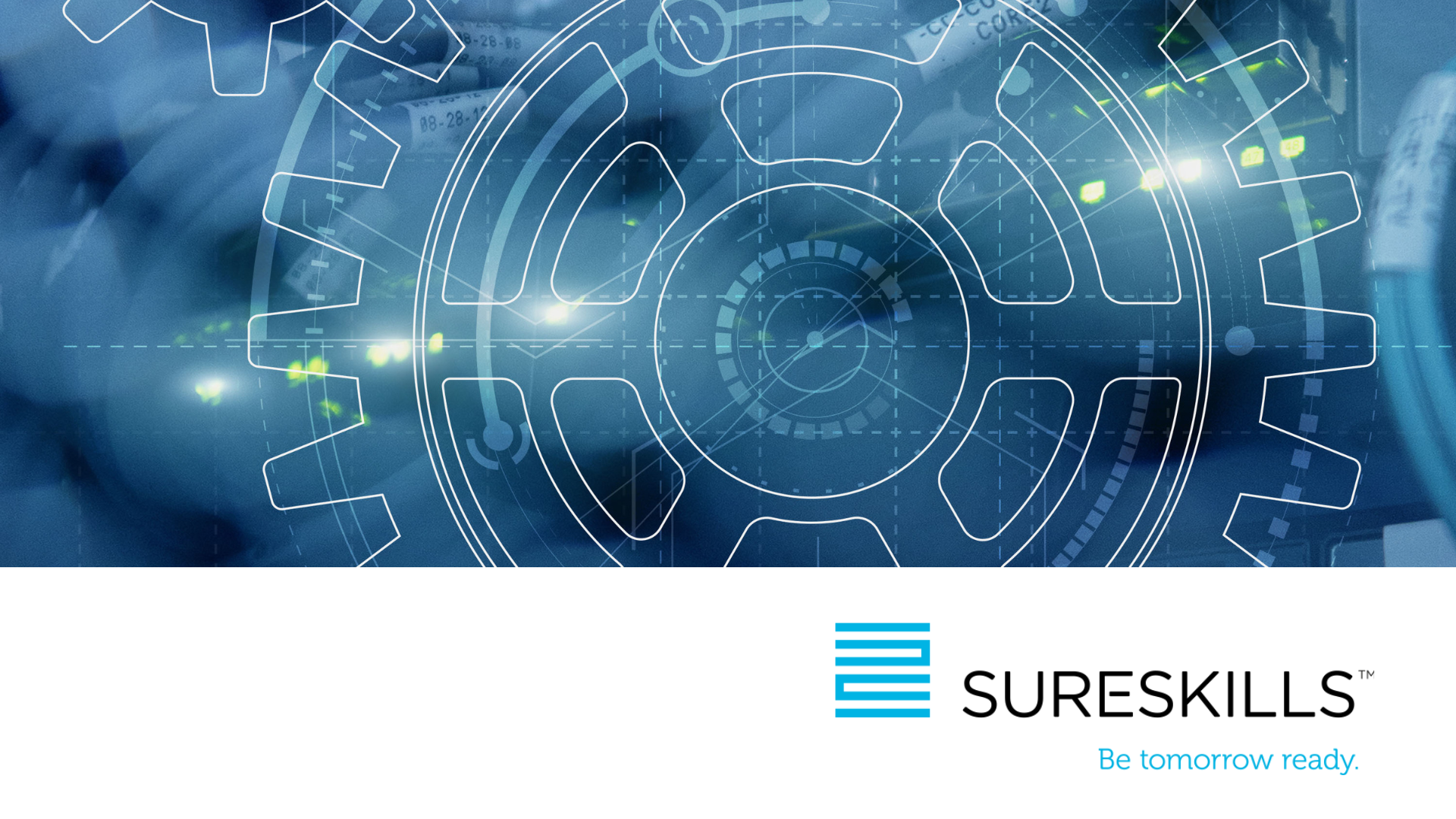.png?width=568&name=_Business%20Post%20LinkedIn%20(1).png)
Now more than ever, business resilience is a crucial component for success and SureSkills’ four pillars are designed to deliver that consistently.
This year has been a testing time for businesses across the country. Aside from the obvious challenges, many were forced to either change their strategy or scale their operations quickly.
A functional business isn’t sufficient, it needs to be resilient enough to deal with all the changes that may occur.
This year has been a shining example of this with businesses having staff and clients operating remotely and that paradigm shift will be with us as the years go on.
Business resilience isn’t just about obvious data attacks and base security; it’s being able to adapt to disruptions and changes in circumstances. Ensuring that operations continue without interruption to either users or customers and data assets remain safe and accessible.
The current global business conditions have highlighted just how important having reliable and scalable infrastructures are to executing business operations. Having resilience and flexibility in the way your IT operates is crucial in the current landscape and this is an area that SureSkills is adept at handling.
With decades of experience in the industry, it has both a strong client base including the likes of Kerry County Council, Philip Lee, Met Éireann, and the Department of Transport, Tourism and Sport, and strength in depth with its technology stack including IBM, VMWare, Dell EMC and many others.
In the past few years, SureSkills has transformed its business delivery model to help businesses create a sustainable model through cloud platforms and hybrid operations. As companies operate in a world that demands the ability to adapt and an agile approach to service delivery, the consumption model of the cloud allows SureSkills to offer this and support it at scale over the long-term.
“We want to build long term relationships with our clients to enable us better support their business’s rather than engage in one-of projects on a three or five year hardware cycle as they replace or upgrade their infrastructure,” explained Kevin Reid, chief technical officer for SureSkills. “This enables us to build knowledge to enhance what their internal IT teams are delivering to the business.” It’s safe to say that Reid lives and breathes cloud architecture and as the lead architect in this area with a 50-minute Zoom call only scratching the surface of his knowledge and experience.
More importantly, it’s a reflection on how SureSkills approaches its business resilience operations which consists of four main pillars designed around protection, availability, and scalability.
Those four pillars are infrastructure (IaaS), disaster recovery (DRaaS), desktop (DaaS), and backup (BaaS).
While all of them can work in isolation, they reinforce each other to create a complete infrastructure solution that ensures businesses can continue operating without fear of disruption or data loss.
“Building these services out on technology provided by our partners, IBM, VMware, CommVault and Parallels among others is critical to the quality and robustness of our solutions,” said Reid.
Reducing the mental workload
The issue of resilience falls on questions like how you create flexibility, how your business functions during times like the pandemic, recreating your IT environment, how you can do it cost-effectively and over the long-term.
Considering how elements like remote working are shaping operations and will continue to do so in the future, there’s a greater emphasis on the infrastructure underpinning your IT environment.
Yet as technology advancement has accelerated, most business’s struggle to keep pace with the technical knowledge to take advantage of these new capabilities and models which is where SureSkills come in.
By focusing on the technical setup and operations, it can allow the internal IT team and business to focus on its operations and core activities and not get bogged down by the details.
“These are all the challenges organisations are facing and what we do is remove some of the IT infrastructural-level issues they face,” said Reid. “We can take those elements of the platform that you run your business on and give them to you in a more consumable, granular and better-managed manner because that’s what we do every day.”
A crucial part of the technology landscape is how all services now follow the subscription model, ensuring that businesses pay for what they consume and allowing them to scale up or down if necessary.
One way SureSkills approaches this subject when discussing the likes of IaaS is that they should be seen as utilities instead of fixed assets. At this point, these are services you expect to have available to consume and not think about.
The same way you expect to have running water or electricity, you expect infrastructure to be there and if you need more, you can pay the amount needed to do that.
While the subscription-based model has become more attractive for organisations, it can be perceived as more expensive than the traditional model but this can be a false impression. Direct price comparison can miss the internal effort to maintain systems and the technical dept that owning the systems can incur.
“Flexibility is one positive factor but when companies look at cost as a consideration in the alternative to buying or managing their own environment directly, what they tend to forget is they lock in the technology for a three to five-year window, which is your typical procurement cycle,” he explained.
“The problem with that is changing business needs and changing capabilities don’t fit within those nice timescales. Maybe you run an ERP system and it’s the best one in the market; in six months you may be going to the cloud with that platform and all of a sudden that investment that you made on your in-house IT is just wasted.”
What’s crucial is that for managed services to be effective, organisations like SureSkills must prioritise clarity and honesty to businesses what is and isn’t necessary.
A business may believe it needs 24/7 hour availability as it wants to prepare for all eventualities but while that may be essential for some industries, the majority wouldn’t need it.
The entire IT estate cannot be considered the same; some systems are crucial but others can allow a period of downtime before recovery. Prioritising and ensuring that the core systems are fine and that other platforms can be staggered depending on the level of importance they have to active business operations.
Reid mentions that for those where it’s not crucial, they will advise them it’s not essential and explain the reasoning why so they can make a more informed decision.
Having that level of expertise to advise on topics like this is crucial but you also want to make sure that the internal technical knowledge is being used correctly, and not being wasted on actions that aren’t core to the business.
“Getting someone with an inherent knowledge of the business to check whether a backup functioned last night is a waste of money, talent, and time,” said Reid. “Each hour a key IT staff member spends on these tasks is an hour they aren’t focused on the business.”
“Getting an external entity to validate your backup status; that’s value for money because they don’t need to know how your business operates or what the key metrics of your business is, they just need to know data is secure and protected.”
Foundational pillars
To properly understand what it takes to make a business resilient, you need to look at the individual functional components and how they contribute to what the company delivers to its clients. When you know that, the ability to build the infrastructure to support a company that can both scale and remain secure becomes easier. This is where SureSkills’ four pillars come into play. The first is infrastructure which businesses can avail of for virtualised computing services from the cloud or on premise
The second is disaster recovery which can be a blind spot for businesses as they either don’t consider it or struggle to maintain it until an outage happens. Recovering from an unplanned outage can be difficult, time-consuming, and expensive in both commercial and reputational terms.
Backup of data is important to extend protection beyond the immediate window and allow longer-term corruption or data loss to be managed. Having multiple copies stored in secure locations both on- and off-premise delivers trust and confidence in the data retention or protection solution.
“We’re not telling you how to recover your business or how to communicate with your clients, we’re saying we’ll give you a platform to enable you to do that,” said Reid.
The final pillar is the desktop which addresses an obvious concern. If you have a problem and you need to access your systems remotely, how do you do that and what are you going to use?
Desktop as a Service (DaaS) solves this by allowing workers to function, accessing virtual desktops provided by a third-party but integrated into the client environment for a full and secure experience.
The environment is similar to being in the office as the virtual desktops are co-located with all the running business systems. It’s also a way of allowing workers to use high-end applications on their own as it leverages IaaS to provide high performance with low latency.
In the context of the pandemic, DaaS has become a significant part of the business landscape, especially since organisations need a secure method to access systems. It’s an area that SureSkills has seen major success throughout the past few months.
“DaaS came about as a way to access the systems securely and in a business-orientated manner,” explained Reid. “We’ve had great success recently where people had to transition rapidly to working from home which is all about security, scaling and consumption.”
Managing risk
Those four pillars are crucial not just to SureSkills’ offering to help businesses operate but in ensuring that the business is better equipped to endure further shocks in the economy and their client base.
Much of that involves managing risk which overlaps with the four pillars SureSkills base their expertise on. If done correctly, you can manage this by having layers, checks and balances, and ensuring you don’t expose anything critical. At this point, building these services is second nature to the organisation.
“When you build, you design with that security consideration in mind to ensure that you’re not exposing systems or data without reason,” said Reid. “We build all of our client services in this model and do a lot of testing and templating to ensure what we deliver is secure by nature.”
While resilience has a core approach, you can address how the four pillars feed into that strategy. For one, IaaS in the cloud can scale up or down more rapidly and in a more granular way than on-premise.
To ensure the process is smooth for the end-user, SureSkills builds its infrastructure and disaster recovery services on IBM and VMWare technologies so it can provide a like-for-like IT experience for most environments.
“Disaster recovery is aligned with whatever you need as it’s always delivered in the cloud,” he said. “That’s where you want it to be for scale and resilience.”
“By using VMWare in the cloud, we can ensure a like-for-like operating model, the exact same security model and a simple transition to the cloud and back again.”
Flexibility by design
Much of this ties in with the current business model that managed service providers (MSPs) follow. The ability to scale up or down your business has been crucial this year with the current landscape forcing some companies to downscale operations.
The demands companies need to meet can change over time, and this year has shown how quickly some changes were required to be made so businesses could continue their work.
Similarly, while SureSkills offers a variety of other services like training and resource placement, it keeps it simple when discussing topics like resilience. The reason for this is that it’s easy to make people feel overwhelmed if you unveil everything and potentially causing confusion.
Also, elements like firewalls are bundled in with main services and are a given at this point. Combined with that is the honesty and knowhow that makes sure no matter what your type of business, you’re getting the right kind of service.
Over the next few years, the issues involving cloud will be based around security and accessibility, SureSkills is well-placed to help with that.
“Consumption is granular so we need to be able to demonstrate and report that but it’s the service management that’s key,” he said. “Yes, we give you the platform to run it on and the security but it’s the relationship and our understanding of what you want from this that’s key, not the technical components that you don’t care about.”
“What you want to know is everything works together, everything can integrate and they reinforce one another.”
Link to the published article can be found here.





